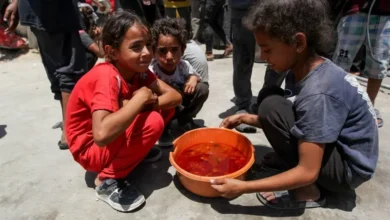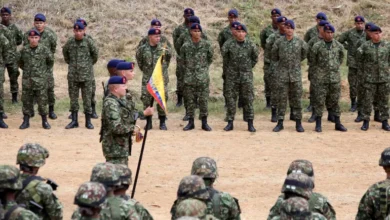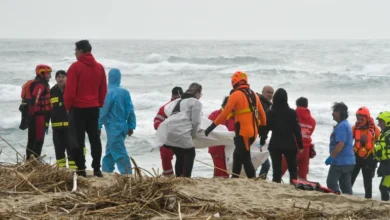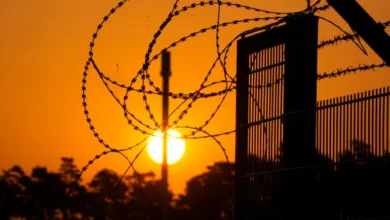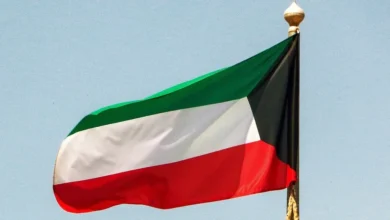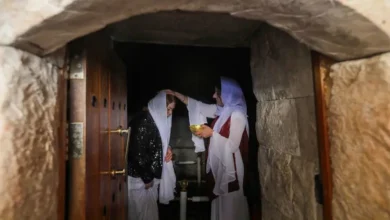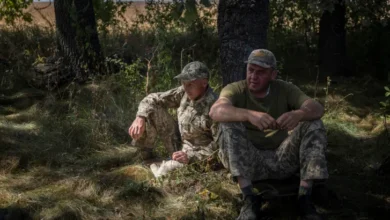First UN convoy since quake enters northwest Syria from Turkey
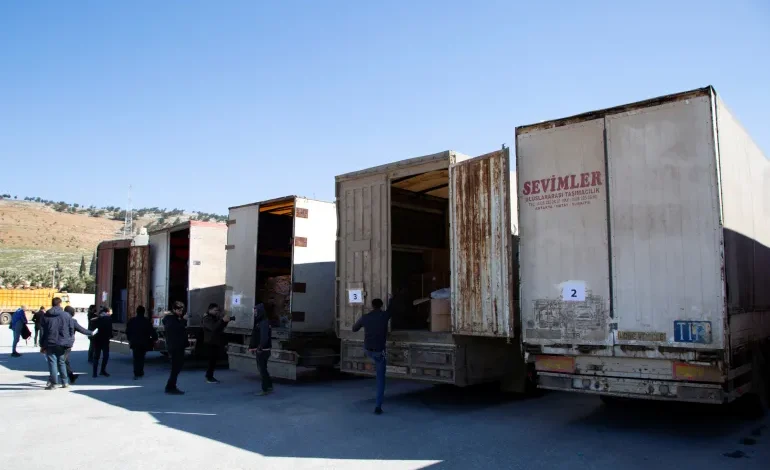
The first United Nations aid convoy since a magnitude 7.8 earthquake struck on Monday has crossed into northwest Syria from Turkey, the UN has confirmed.
Six trucks of “shelter items and non-food item kits, including blankets and hygiene kits” reached Bab al-Hawa on Thursday, the only border crossing authorised by the UN Security Council for aid delivery, the UN Office for the Coordination of Humanitarian Affairs (OCHA) said.
“The UN cross-border aid operation has been reinstated today,” Sanjana Quazi, Head of OCHA in Turkey, told Al Jazeera.
“We are relieved that we were able to reach the people in northwest Syria in this pressing time. We hope that this operation continues as this is a humanitarian lifeline and the only scalable channel.”
Future convoys will have different types of aid provided by different UN agencies, such as medical supplies and food items.
The flow of humanitarian aid had been temporarily disrupted since the first pre-dawn quake hit on Monday due to logistical issues and damage to the road connecting Gaziantep to the UN transhipment hub in Hatay.
OCHA said on Wednesday it had identified two alternative routes to reach the hub from Gaziantep, via Kilis-Kirikhan and from Mersin via Adana-Kirikhan.
Assaad Al-Achi, head of the civil society organisation Baytna Syria, told Al Jazeera that the Turkish government has authorised aid to go through two additional crossings, Bab al-Salama and al-Rai.
However, OCHA officials said Bab al-Hawa remained the only viable route for UN aid.
In 2022, some 600 trucks loaded with aid crossed from Turkey each month, reaching 2.6 million Syrians on average.
Humanitarian needs have grown in the aftermath of the earthquake, which has left at least 1,730 people dead and destroyed hundreds of buildings in the opposition-held area, according to rescue workers.
The UN agency said at least 648 aftershocks have been reported, complicating rescue operations and aid delivery.
According to Turkey’s Disaster and Emergency Management Authority (AFAD), the total number of search and rescue personnel in the region is 79,110.
Yet, only 5 percent of reported sites in northwest Syria are currently being covered by search and rescue operations, OCHA said.
The lack of heavy machines to remove rubble has significantly complicated rescue efforts, alongside power outages due to fuel shortages and dire winter weather conditions.
Ismail Alabdullah, a volunteer with the White Helmets in Idlib governorate, told Al Jazeera on Tuesday that rescue teams were stretched thin and that resources were insufficient.
“Hundreds of people are still under the rubble. But we don’t have enough equipment to get to them out,” Alabdullah said.
Some 4.1 million people in northwestern Syria were in need of assistance before the quake. The volunteer added that survivors were camping out on the streets in freezing temperatures without critical assistance.
The UN Security Council in January voted unanimously to keep the Bab al-Hawa border crossing open for critical aid deliveries for another six months.
Syria’s ally Russia did not veto the resolution, despite previous attempts to channel humanitarian aid through areas under the control of President Bashar al-Assad.

